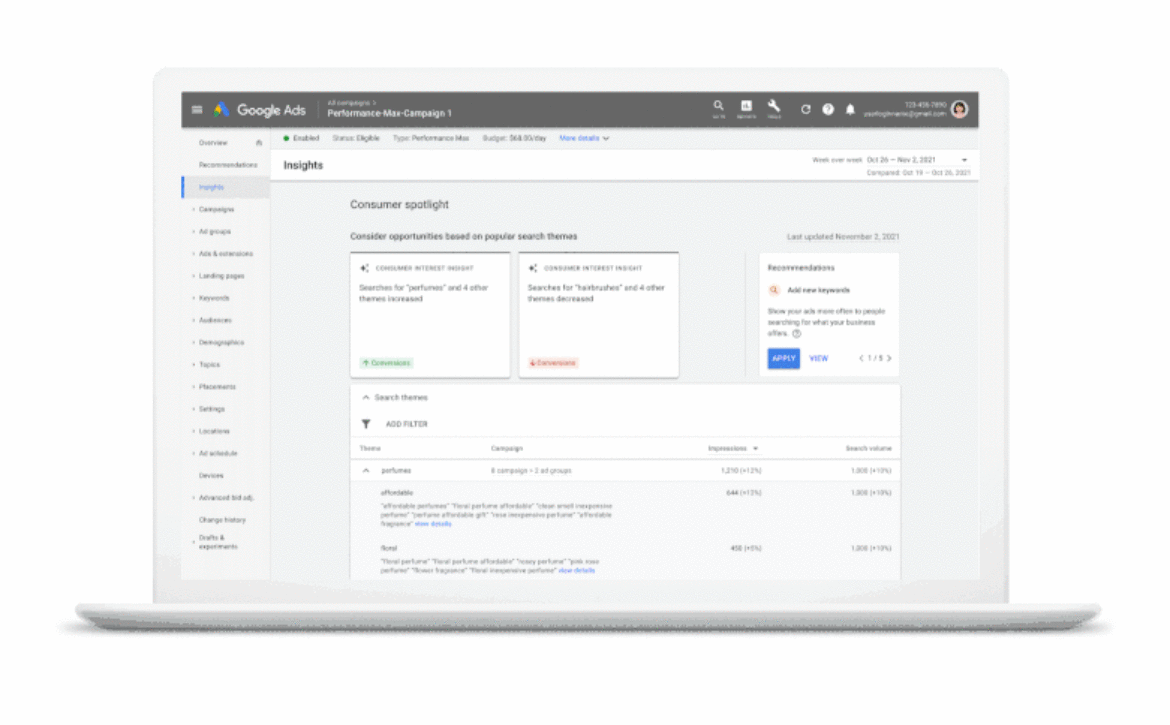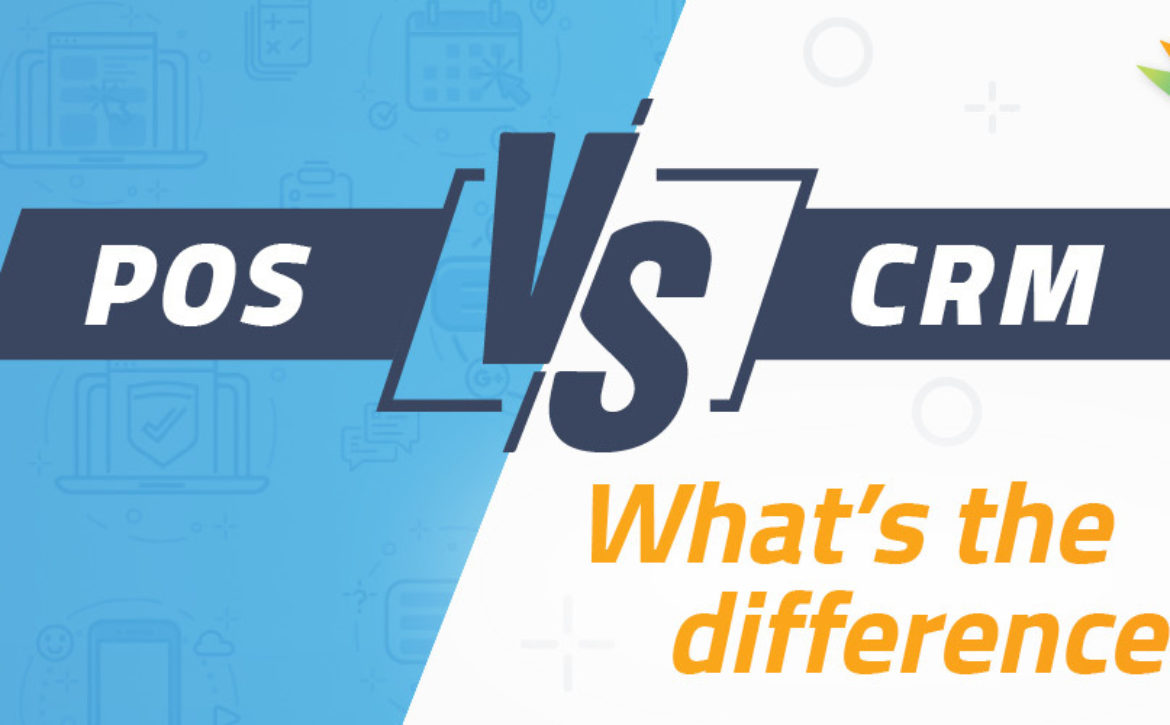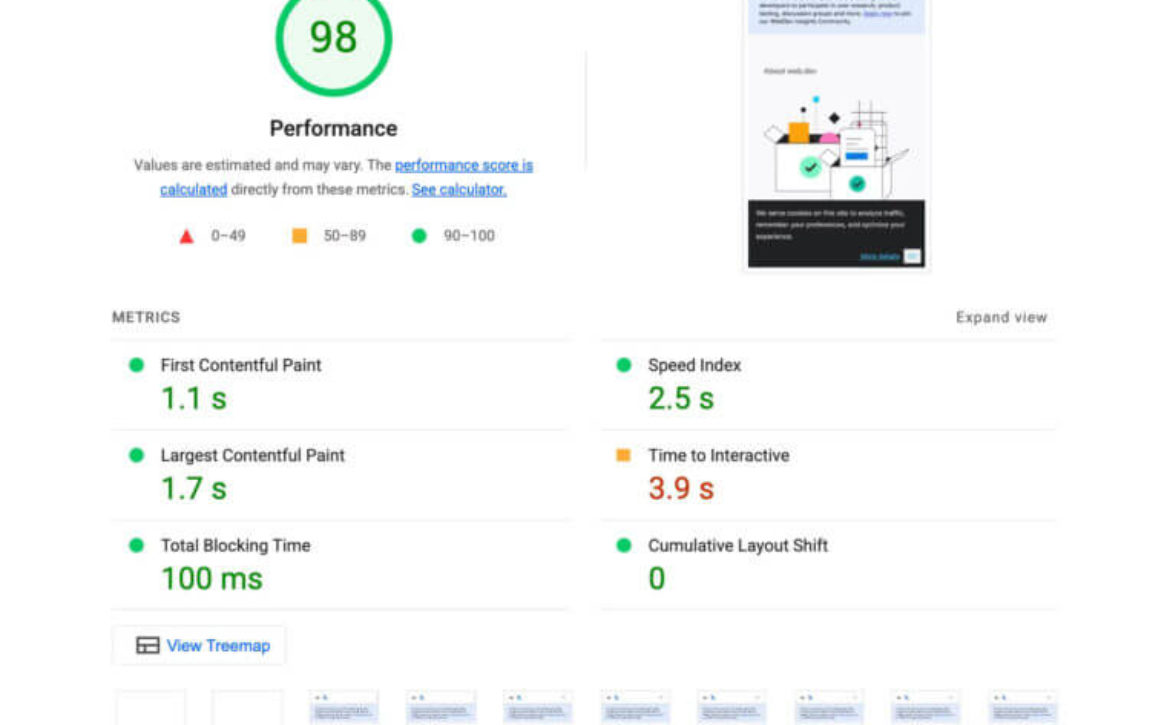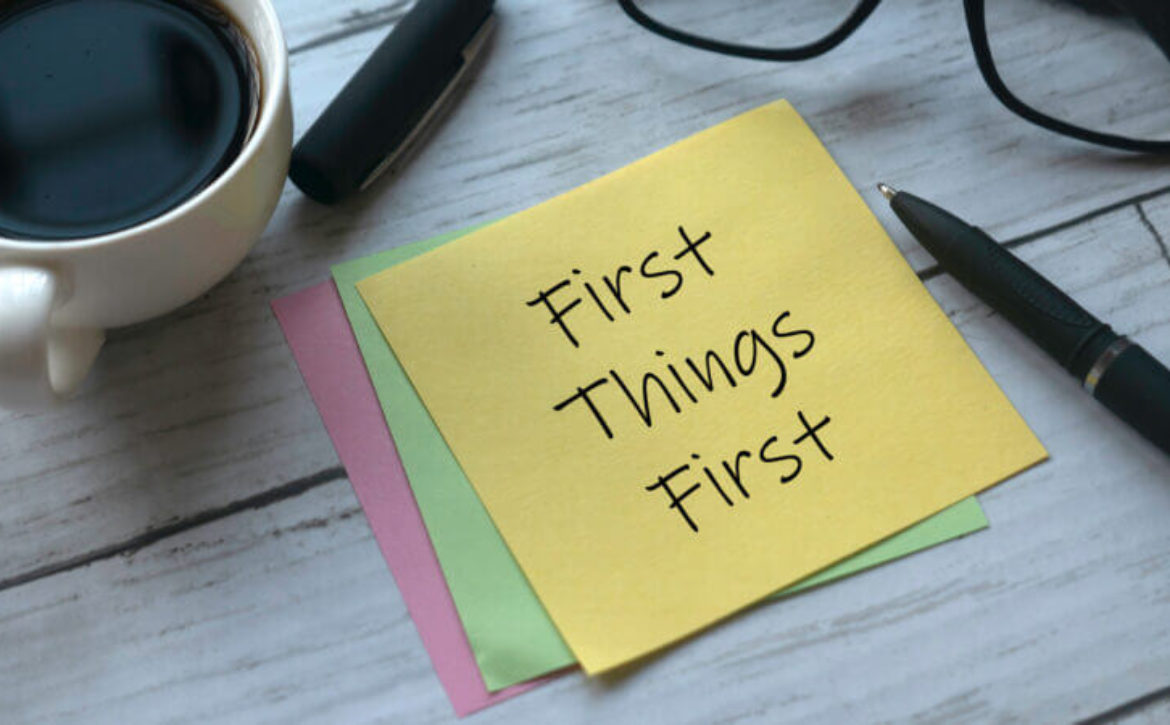Amazon will stop accepting Visa payments in the UK starting in January
Amazon has announced that it will longer accept payments from Visa cards in the UK, according to Reuters. “As a result of Visa’s continued high cost of payments, we regret that Amazon.co.uk will no longer accept UK-issued Visa credit cards as of 19 January, 2022,” an Amazon spokesperson said in a statement.
Why we care. The change won’t occur until after the holiday season, so merchants on Amazon won’t feel the impact during this crucial sales period. If Amazon and Visa do not reach a resolution, merchants may see sales decline as customers navigate the change and find another payment method.
Sellers on Amazon may see some hypocrisy here as well: Amazon’s referral fees, which it charges to merchants every time they sell a product, range from 3% to 20%, with the majority of product categories subject to a 15% fee.
And, in the U.S., Amazon has a co-branded Visa card that rewards Prime members with up to 5% back on Amazon and Whole Foods purchases. The e-commerce platform is considering dropping the partnership, according to Reuters. If Amazon doesn’t replace this co-branded rewards program, that’s one less reason to shop in Amazon’s ecosystem or maintain a Prime membership.
Forms of payment still accepted. The e-commerce platform will continue to accept MasterCard and American Express credit cards, Eurocard and Visa debit cards.
“We continue to work toward a resolution, so our cardholders can use their preferred Visa credit cards at Amazon UK without Amazon-imposed restrictions come January 2022,” a Visa spokesperson said in a statement.
Brexit enabled the fee hike. After Brexit, the European Union’s fee limits imposed on credit card issuers no longer applied to the UK, meaning that issuers can freely raise fees. Last month, Visa did just that, increasing its fee from 0.3% to 1.5% for online credit card payments between the UK and EU. It also increased its debit card fee from 0.2% to 1.15%.
Before Visa, MasterCard also raised its fees from 0.3% to 1.5%, according to BBC. It is not clear why Amazon’s new policy only affects Visa.
Other retailers may follow suit. These charges are known as “interchange fees” — transaction fees applied to the merchant’s bank account whenever a customer uses a credit or debit card to pay for a purchase from their store. These fees are paid to the card issuer and cover fraud, bad debt and handling costs. Naturally, they can apply to all businesses that accept credit or debit, not just Amazon.
“If Amazon can’t make it work, with all their resources and ability to navigate legislation to avoid costs, then small businesses have no chance and so the government must improve the UK-EU trade and cooperation agreement to keep British businesses competitive,” the UK Trade and Business Commission’s Tamara Cincik said.
The post Amazon will stop accepting Visa payments in the UK starting in January appeared first on Search Engine Land.













